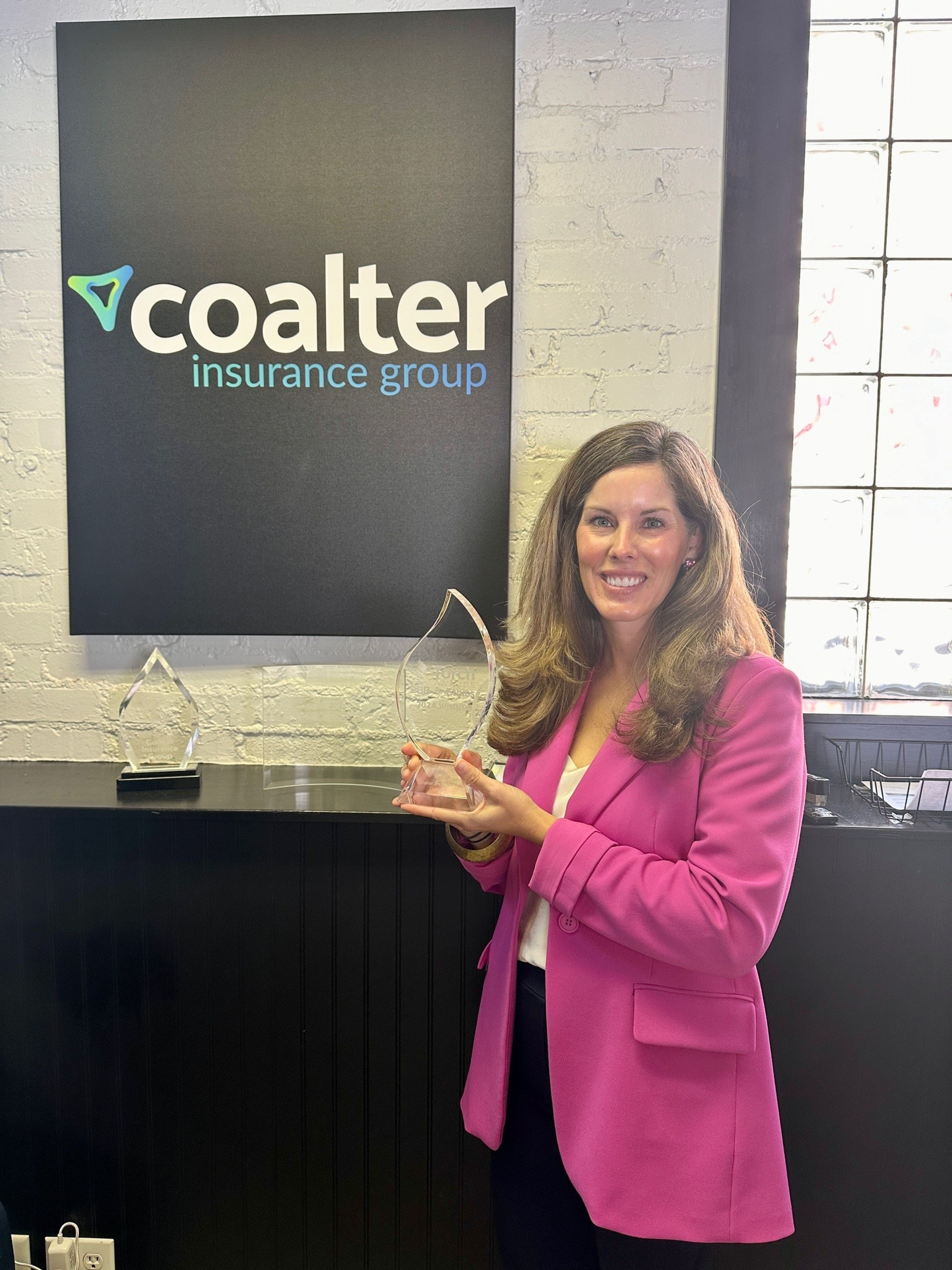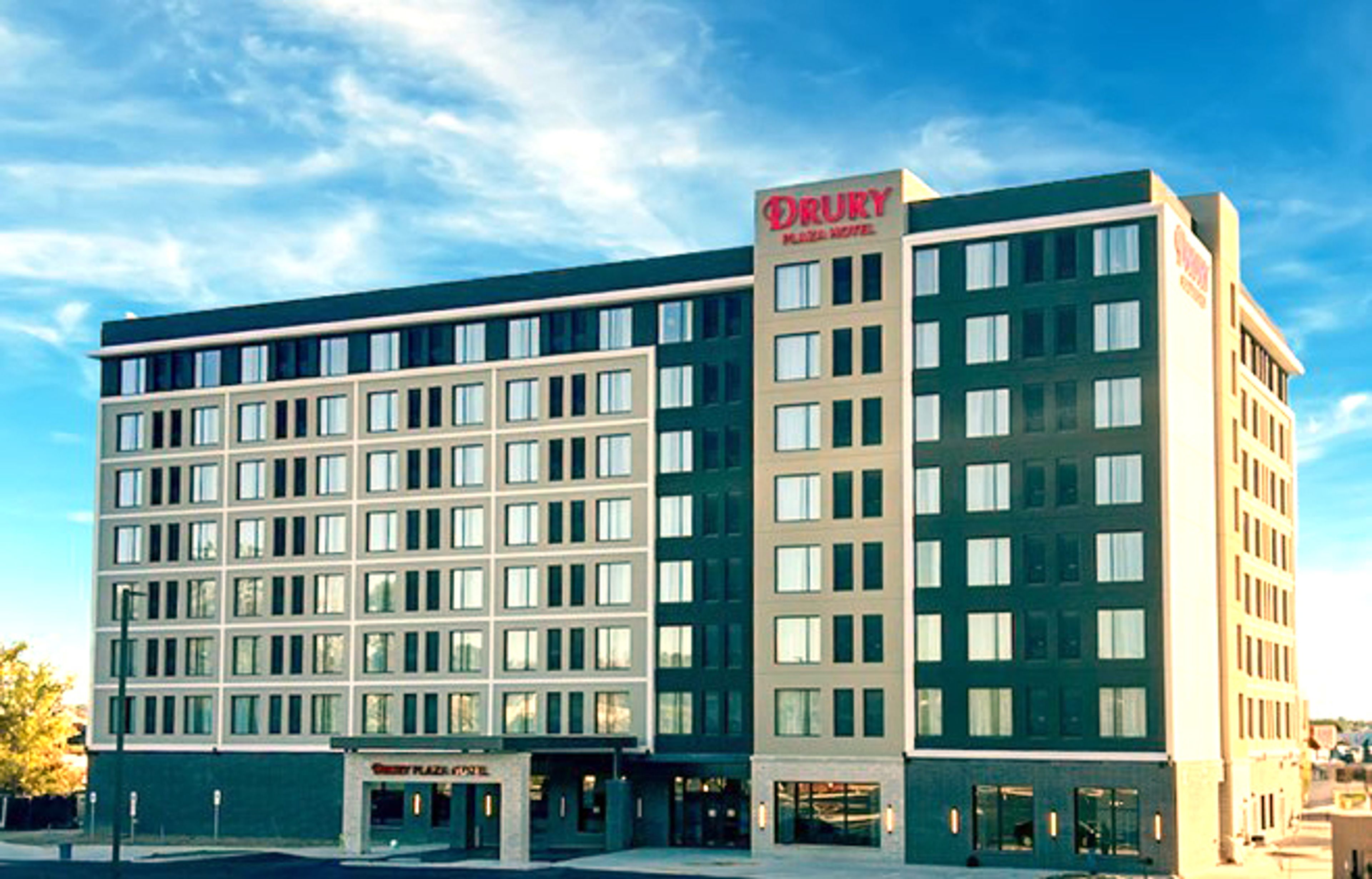Boats sit idle as algae threatens Dungeness crab season
San Francisco's Fisherman's Wharf typically bustles this time of year as workers prepare to haul millions of pounds of Dungeness crab that are a tradition at Thanksgiving and other holiday meals. But crab pots are sitting empty on docks, boats are idled, and fishermen are waiting for California authorities to open the lucrative Dungeness crab season...
San Francisco's Fisherman's Wharf typically bustles this time of year as workers prepare to haul millions of pounds of Dungeness crab that are a tradition at Thanksgiving and other holiday meals.
But crab pots are sitting empty on docks, boats are idled, and fishermen are waiting for California authorities to open the lucrative Dungeness crab season.
California has delayed the Nov. 15 start of its commercial crab season after finding dangerous levels of a toxin in crabs. Officials in Oregon and Washington are testing crab samples and will decide soon whether to open its coastal season by Dec. 1 as planned.
A massive bloom of microscopic algae -- which produces a natural toxin called domoic acid that is harmful to wildlife and fish -- in the Pacific Ocean is threatening the crab industry during a time when many fishing outfits make their most money. It also is roiling coastal tourism and marine ecosystems.
A closure along the entire West Coast would be a blow to the industry, which harvested nearly $170 million worth of Dungeness crab in 2014.
"Everybody is counting on crab to make it, so this is pretty disappointing," said Larry Collins, president of the San Francisco Crab Boat Owners Association. "Whenever they test clean, we'll go get them. I'm very hopeful that it's sooner than later."
Experts say warm conditions that set up the toxic algae bloom -- while not attributed to climate change -- offer a picture of what's to come as ocean temperatures are projected to warm. Already, warmer ocean temperatures off New England have shaken up fisheries there, contributing to the collapse of the region's cod fishery and the shift northward in the lobster population, studies have found.
"I don't have a crystal ball, but I think we're being given a warning here," said Vera Trainer, who manages the marine biotoxin program at the Northwest Fisheries Science Center in Seattle. "We're being shown what the future is going to look like. This is more of what we can expect."
Razor clams have been taken off menus in Oregon and Washington. Shellfish managers have closed recreational digs after finding dangerous levels of domoic acid in the bivalves. Those closures have cost an estimated $22 million in tourism spending, said Dan Ayres, coastal shellfish manager for the Washington Department of Fish and Wildlife.
Crabbing also was closed along parts of the Washington coast over the summer, although crabbing continued in the Puget Sound.
Matt Hunter, shellfish project leader with the Oregon Department of Fish and Wildlife, said crabbing is huge fishery in the state, and any closure will have "trickle-down effect on the economy, not only on the coastal communities."
Crab can still be found in many restaurants and stores, including San Francisco's Fisherman's Wharf, and health officials say crabs sold in stores are safe to eat. Some crab on the market now may have been harvested months ago and frozen for later; commercial crab fishing is currently open in some parts of Alaska, Oregon and Puget Sound.
In California, crab fisherman are bracing for a tough season.
"Needless to say, this is devastating," said Steve Fitz, who owns Mr. Morgan Fisheries in Half Moon Bay. Crab represents the bulk of annual income for many in the fishing community, he said. Still, he's optimistic that toxin levels will go down and the season will open soon.
Restaurants and customers say they'll adjust their habits.
"It's a disappointment because we really look forward to it every November," said Matt Watson, manager of Woodhouse Fish Co. in San Francisco, which will do its best to get whole crab at a reasonable price from other states.
Kris Ducker, who grew up in California, looks forward to her family's holiday tradition: eating crab served ice cold, cracked, with a side of sourdough bread. Even though she now lives in Texas, she still tries to find fresh Dungeness crab.
"We're looking forward to having Dungeness crab for Christmas Eve. We could move on to something else. It wouldn't kill us, but we would be sad," she said.
Scientists say the warm waters that fostered the massive toxic algae bloom off the West Coast this year is more likely a short-term climate event than one attributed to climate change.
"Whether this warming itself is a direct function of climate change or not, we can't say," said Mark Wells, an oceanography professor in the School of Marine Sciences at the University of Maine. However, the climate change models project warming along the coastlines over the next several decades, so "this type of event probably is going to become much more frequent in the future."
On the Northeast coast, scientists have documented shifts in species as the result of warmer waters and that's meant some changes in what is caught and where.
"We see lots of shifting going on," said Richard Merrick, NOAA Fisheries chief science adviser. Significant fish stocks have been shifting northward and deeper into cooler waters along the Northwest Atlantic Ocean, he noted. The New England cod fishery collapsed but haddock fishing has gone up as fishermen switched, he said.
Another study found warming seas will likely send West Coast fish species northward by about 20 miles a decade, and some species probably will disappear from southern ranges off California and Oregon.
Connect with the Southeast Missourian Newsroom:
For corrections to this story or other insights for the editor, click here. To submit a letter to the editor, click here. To learn about the Southeast Missourian’s AI Policy, click here.







